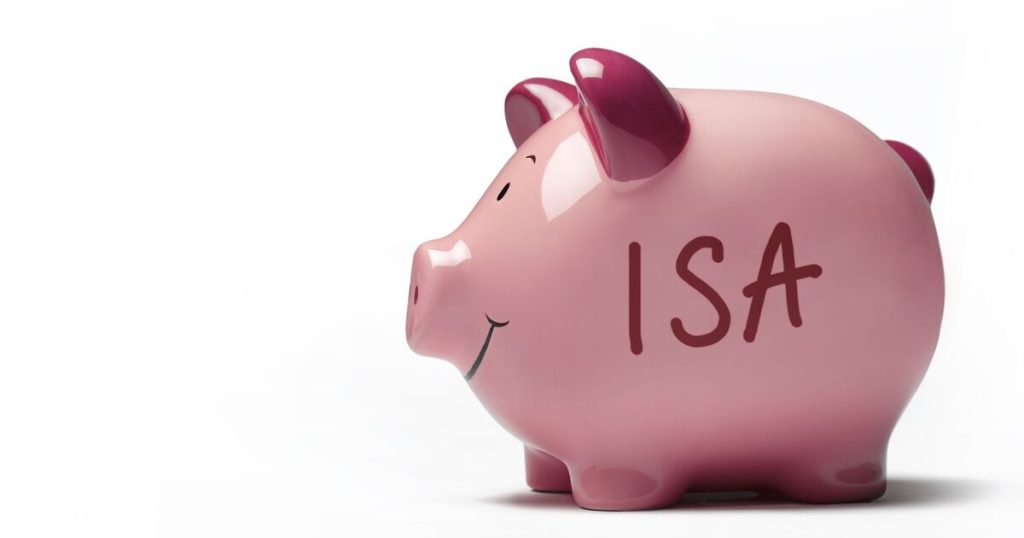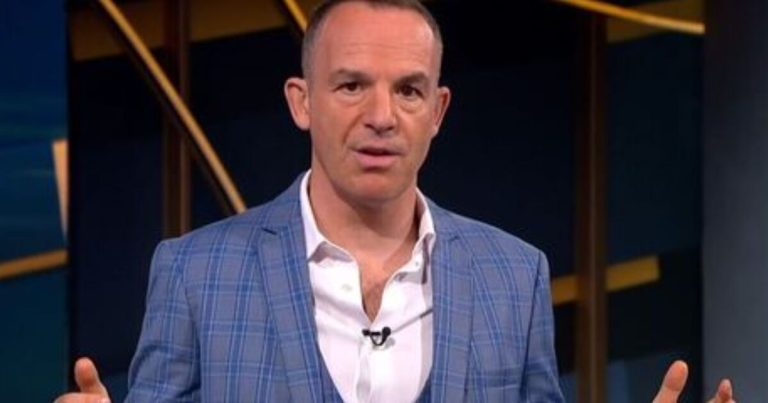
Cash ISA limits remain under “long-term threat” as the Government considers options for reforms.
Chancellor Rachel Reeves is reportedly considering reducing the annual savings limit on cash ISAs after meeting with senior City executives earlier this month. She is understood to have discussed how to encourage people to invest more money in stocks and shares, and one idea is to reduce the savings threshold of Individual Savings Accounts (ISAs). Following the meeting, Reeves was reported to be considering implementing a tax-free allowance of just £4,000 on cash ISAs – which is a fifth of its current amount – to encourage more people to put their money into investments. Currently, savers are allowed to protect £20,000 of their money from tax each year.
Treasury costings documents released with the Spring Statement assume the overall ISA limit of £20,000 remains in place up to and including 2029/30, but the documents say the government “is looking at options for reforms”.
The government says it wants to “get the balance right between cash and equities to earn better returns for savers”, as well as boosting “the culture of retail investment”.
But several building societies have pushed back against the idea and are concerned that cash ISA allowances are under “threat”.
Richard Fearon, chief executive of Leeds Building Society, said: “We remain concerned about the long-term threat of a reduction in cash ISA allowances. Reducing the amount which can be saved would have significant effects on savers, mortgage rates and wider aims to increase the size of the mutual sector.
“We will continue to make the case on behalf of our members for retaining the current rules, whether that comes as a single change or part of wider ISA reforms.”
Jeremy Cox, head of strategy at Coventry Building Society, warned that the current “sigh of relief” for savers that cash ISA limits remain unchanged “may be short-lived” and said cutting tax-free limits “won’t stop savers looking for low-risk, accessible cash accounts”.
Andrew Gall, head of savings and economics at the Building Societies Association (BSA), said: “Cash deposits are an essential part of the funding which building societies use for mortgage lending, supporting housebuilding and homeownership.
“Substantially reducing the role of cash ISAs could have knock-on impacts on the interest rates and availability of these loans if providers had to raise the funds from other sources.”
The average value of the top 25 stocks and shares ISAs is around £8.8 million, compared with £650,000 for the top 25 cash ISAs, according to figures from HM Revenue and Customs (HMRC) by money app Plum, covering the year 2021/22.
Jason Hollands, managing director of Bestinvest, an online investment service owned by Evelyn Partners, said the key question is what level a possible ISA cap might be set at, as an annual limit of £10,000, for example, wouldn’t impact many savers, whereas a £4,000 limit “would prove a blow”.
He added: “Capping cash ISAs as a proportion of the current allowance would essentially turn the clock back by a decade, as prior to July 1 2014 the proportion of the ISA allowance that could be held in cash was limited to 50% of the overall allowance.
“While it is undoubtedly true that too many people keep excess savings in cash and could be missing out on the higher long-term returns that can be achieved from investing, anything that reduces choice and flexibility is a step backward.
“For some people, investing will simply be too risky and so a reduction in cash ISA limits will just end up exposing more of their savings to tax in standard savings accounts – particularly with the personal savings allowance frozen and dwindling in real terms.”





